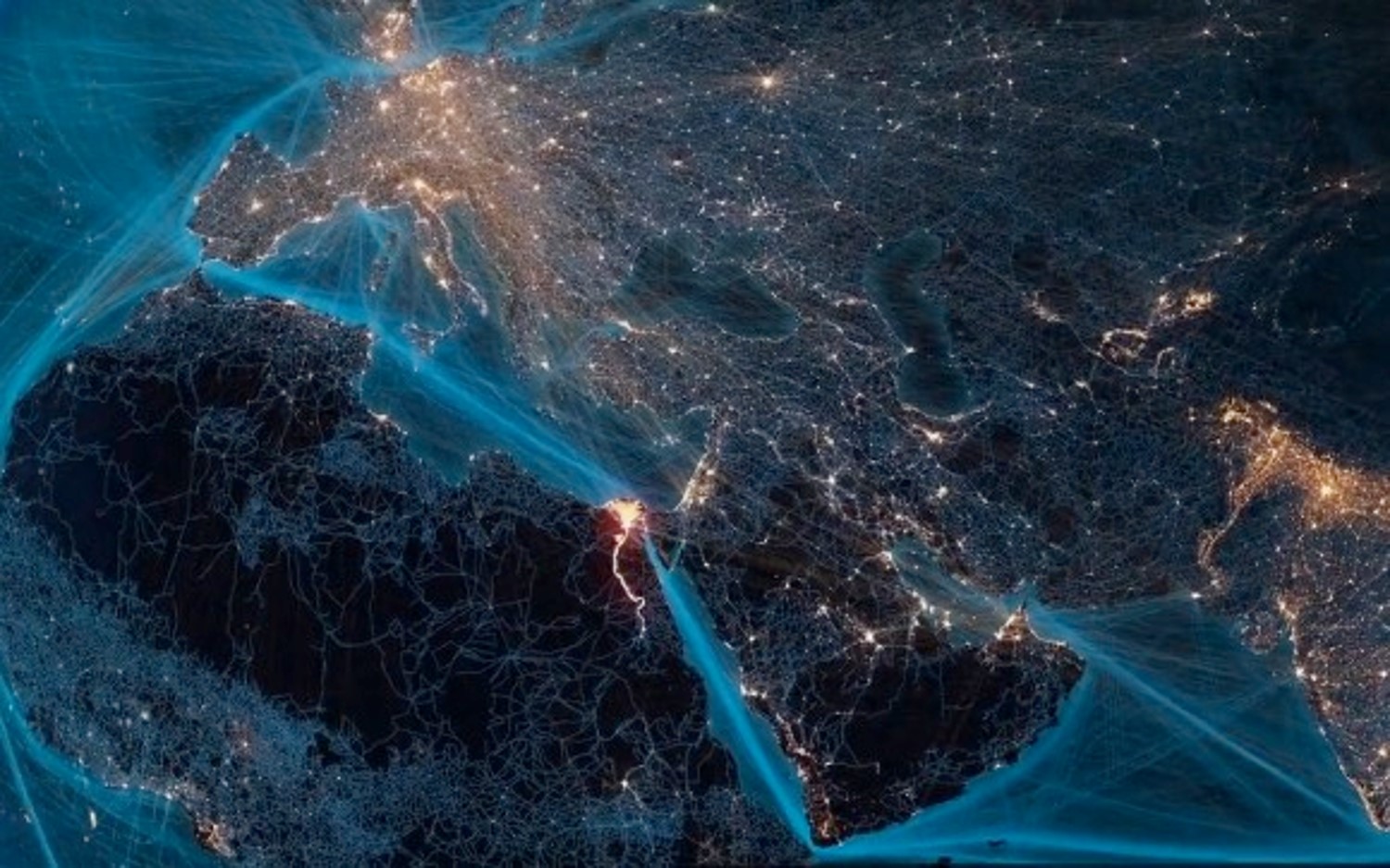When the only way is up…

Is it possible to innovate, to learn and ‘fail fast’, introducing new concepts to shipping while also supporting the legacy systems built for a safety culture? That’s the shipping industry’s fundamental dilemma when it comes to new technology: the heart is willing, the hands often tied.
It hasn’t helped that until comparatively recently, OEMs have shown sometimes scant regard for what customers actually want, even less how to incentivise users, instead preferring to digitally replicate the worst of paper processes.
Thankfully those days are behind us, though perhaps not as distant as we would like. At the recent Smart Maritime Network event in Rotterdam, OEMs were accused of serial underperformance, we heard a new mantra ‘thou shalt not code’ and were reminded that without understanding the problem customers want to solve, the nicest dashboard in the world would attract few users.
For Joyce Bliek, Director Digital Business Solutions, Port of Rotterdam, the challenge is simple: 100 years of history with infrastructure built to last at least that long. “Digital is a whole new ball game for how you develop products that help customers and which have a network effect for them. My command is ‘thou shalt not code’ unless you have a customer that wants to use it”.
A populous port is a classic example of fast and slow evolution. “We have a lot of legacy systems so we do what other companies do, which is two-speed IT. We have 24×7 safety and resilience operations and they don’t let me interfere with those. To get to where you can go with the rest [customer interfaces and other external facing systems] we borrow from the agile/scrum approach. You need to do both.”
Digital Consultant John Key has worked inside and outside maritime and has enough experience to differentiate the height of the bar from the barriers to entry. To him it makes perfect sense that V.Group’s mariners were bypassing legacy communications in favour of the convenience of WhatsApp and it made even more sense to encourage rather than stifle it.
“Large businesses need to get over this temptation to use the old model to try to make legacy systems compete. You have to turn that around and look at industries where solutions didn’t exist 5 or 10 years. Our industry doesn’t have the answers; most exist elsewhere,” he said
Piotr Bialek, Global Solution Manager for ABB accepted the process of connecting ships “is not like rainbows and unicorns, IoT is challenging especially on vessels of 10 years and older. We have legacy systems to overcome and we have to make our platform flexible as possible to connect with different protocols in order to get data out.” The debate internally is whether there is a use onboard for diagnostics system since it’s not something crew looks at often, “but if something is about to happen to warn the crew and troubleshoot”.
More surprising is that there still seems to be a challenge for vendors in understanding what the problems are and making the data visible to try and solve or at least understand it.
Inge Raken-Lucassen is responsible for technology strategy in Maersk Logistics and Services and develops transactional, end-to-end products that manage information flow from factory to final locations for customers. “The difference is that we are an end user of that data and we understand that people don’t ship to make us happy, there is a need for it.”
For her, the traditional model of “sitting with the customer and writing down what they want doesn’t work; for a customer dashboard you want reliable data; where are my shipments, what’s been impacted and how, what are my alternatives and actions, how does it affect inventory levels. That’s a lot of data and we are not there yet”.
The user experience is clearly key but shipping has yet to learn about personal motivations and incentives in the way that new technology providers have. As a result, moderator Nick Chubb pointed out that value has become something of an abstract concept. Bialek agreed the ABB yardstick is blunt; services are provided on a one year agreement and since most customers renew, it assumes a level of satisfaction. “That they see the value gives us confidence in the product and that we are doing it right,” he added.
As with most discussions of this type, there is an Amazon reference, in this case founder Jeff Bezos’ assertion that people are greedy or lazy or both. Key recalled while in V.Ships trying to persuade crew at a distance to fit a cable from the monkey island to below decks. Months of cajoling ended in three hours when we told the crew the result would be free Wi-Fi. Perhaps he should have opened with that.
This is the point at which traditional hardware and new service technologies start to diverge; the Port of Rotterdam’s port call optimisation and information sharing service Pronto was built on the ‘fail and fail fast’ philosophy but instead of relying on renewals it gains customers who in turn contribute to making it better than it was at launch.
The trouble is that shipping will never be Apple or Netflix, the problem is that, according to John Key at least, it thinks it can be. Regardless of what their marketing departments might say, the big OEMs in shipping, he said do not have an innovative approach to service and as currently structured, they cannot. “They are going in the right direction but European OEMs at least should not be thinking it’s job done. I would score most of them 3 out of 10.”
The issue he suggested, was that for all the talk of innovation divisions and digital platforms, they still have a service mentality that hasn’t been properly re-thought for the digital economy. “They are service businesses, they have products in the market and they are looking to recover the cost of development. That’s completely different to an Apple or a Netflix; they are polar opposites. If they think it’s working, we are never going to get there.”
Instead he said, shipping’s innovators should learn from successes like the fintech sector that saw what was coming, understood what customers wanted and as a result transformed their business, albeit with plenty of unforeseen consequences.
The comparison was hardly fair according to Bialek, because shipping industry systems and software were not created in a Silicon Valley environment. “Also Apple doesn’t operate legacy hardware on the high seas for critical operations. You can say there’s nothing innovative in service based on yearly subscription but the whole industry is moving right direction, we are collecting data everywhere and the new analytics tools like predictive maintenance are getting us towards something interesting; that will lead us to innovation.”



